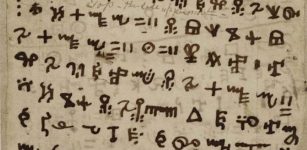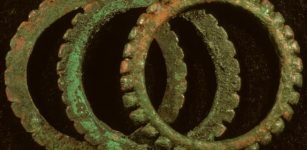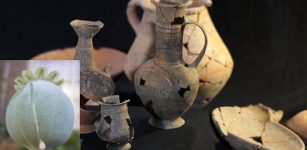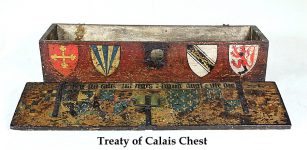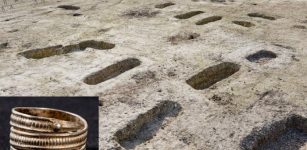Unique 17th Century Sunken Swedish ‘Bodekull’ Ship – Identified
AncientPages.com - In 2003, a shipwreck was discovered north of Dalarö in Stockholm's southern archipelago.
The ship’s identity has been a mystery until today.
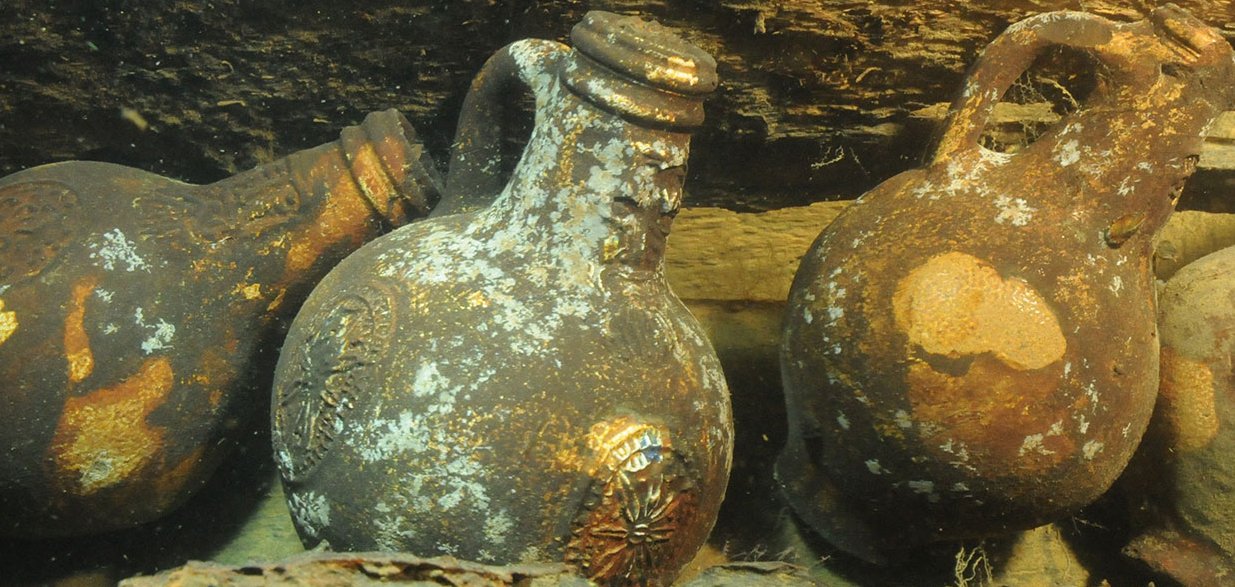
“Bodekull” remains - Bellarmine jugs in the stern. Photo: Andreas OlssonImage credit: Sjöhistoriska
Now, the shipwreck has been identified as the small Swedish naval vessel “Bodekull” that sank in 1678 during the Scanian Wars ((1675- 1679), a turbulent period of time, marked the beginning of the decline of Sweden as a Great Power.
“Bodekull” that dates back to the 16th century, was built in the present city of Karlshamn, Blekinge County, in southern Sweden.
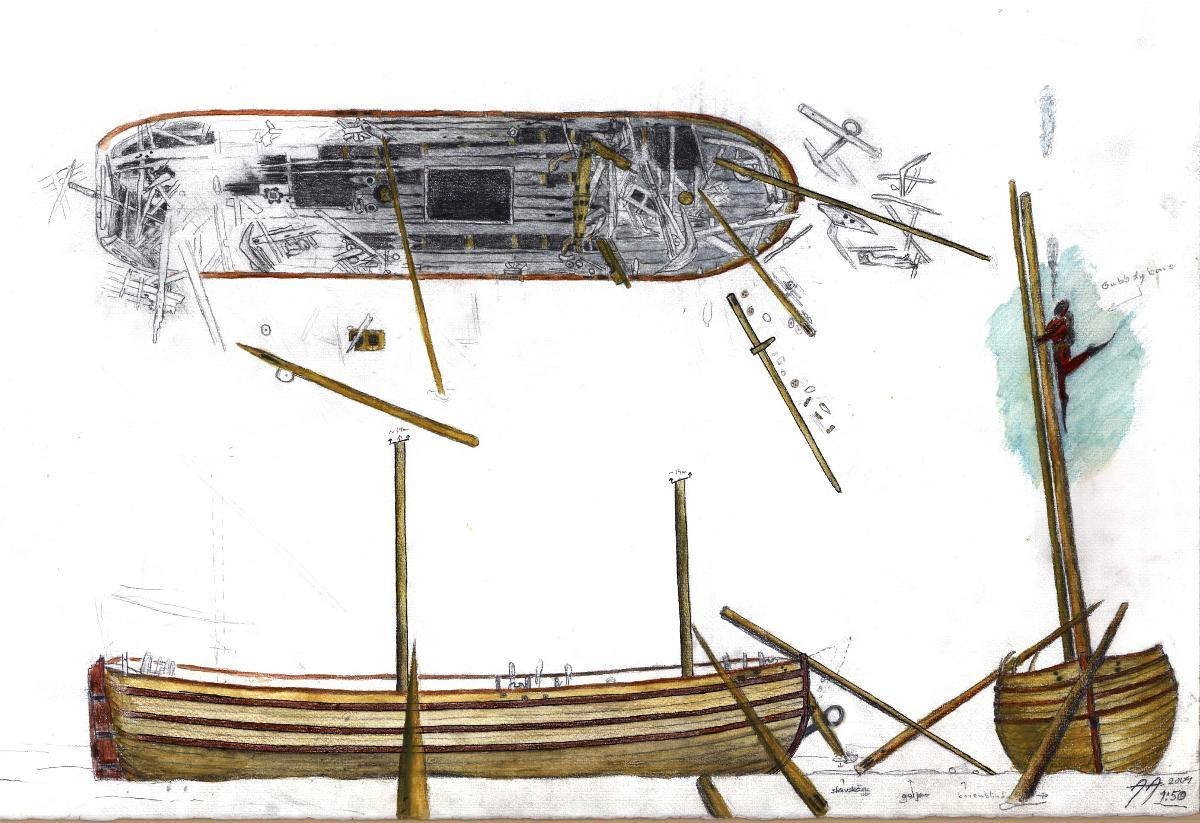
Bodekull ship which is considered one of the best preserved shipwrecks dated to 1600s. Photo: Anders Autellus/SMM/via Blekinge Läns Tidning
In 1659, Karl X Gustav ordered a number of small vessels to be used for transport of soldiers and horses in his war against Denmark. The king died suddenly and the campaign against Denmark was cancelled; the unfinished ships ordered before his death were rebuilt in different ways.
One of these ships was “Bodekull”. Its construction was supervised by the newly recruited English Master Shipwright Thomas Day between 1659 and 1661. As the design was changed during construction, several unique details, that are also visible on the wreck, are mentioned in the preserved correspondence between the shipyard and the Admiralty.
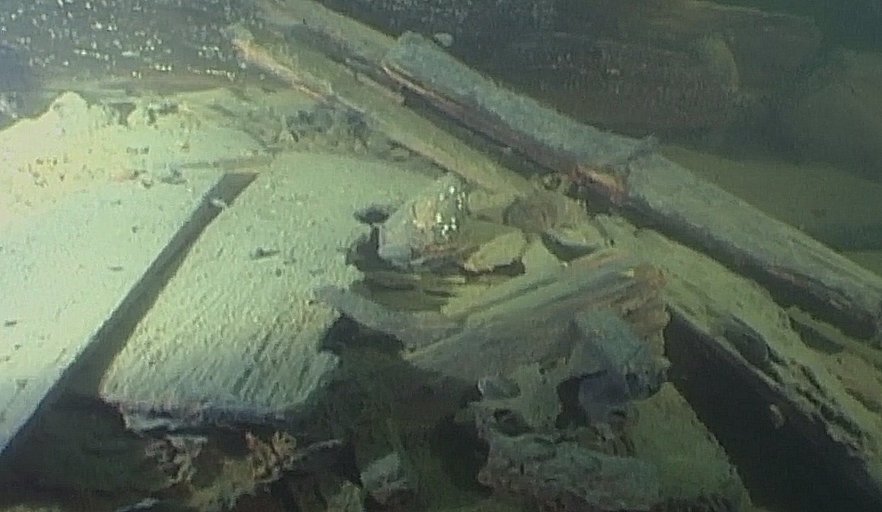
With a coherent hull, intact deck and two masts still standing the wreck is considered one of the best preserved 17th century ships in the world. Image credit: Sjöhistoriska
With a coherent hull, intact deck and two masts still standing the wreck is considered one of the best preserved 17th century ships in the world.
“It had gun ports along the sides, and had a beakhead with a large carved lion figure head," Dr. Niklas Eriksson of Stockholm University who identified the ship, told Haaretz. "The silhouette of the ship was similar to the larger warships from the time, which clearly distinguished “Bodekull” from the contemporary merchant vessels."
See also:
Long Serpent: Most Famous Viking Longship Of King Olav Tryggvason Of Norway And Its Fate
Oseberg Ship: Astonishingly Well-Preserved Viking Burial Ship
Battle Of Visby – Death Came With King Atterdag’s Ships
Besides the regular equipment, marine archaeologists found several flint muskets, a dozen empty glass bottles, pottery, tools, shoes, cannons, and artillery equipment, as well as a sword. “You get the impression that the ship is complete. It's just the crew that vanished,” Eriksson says.
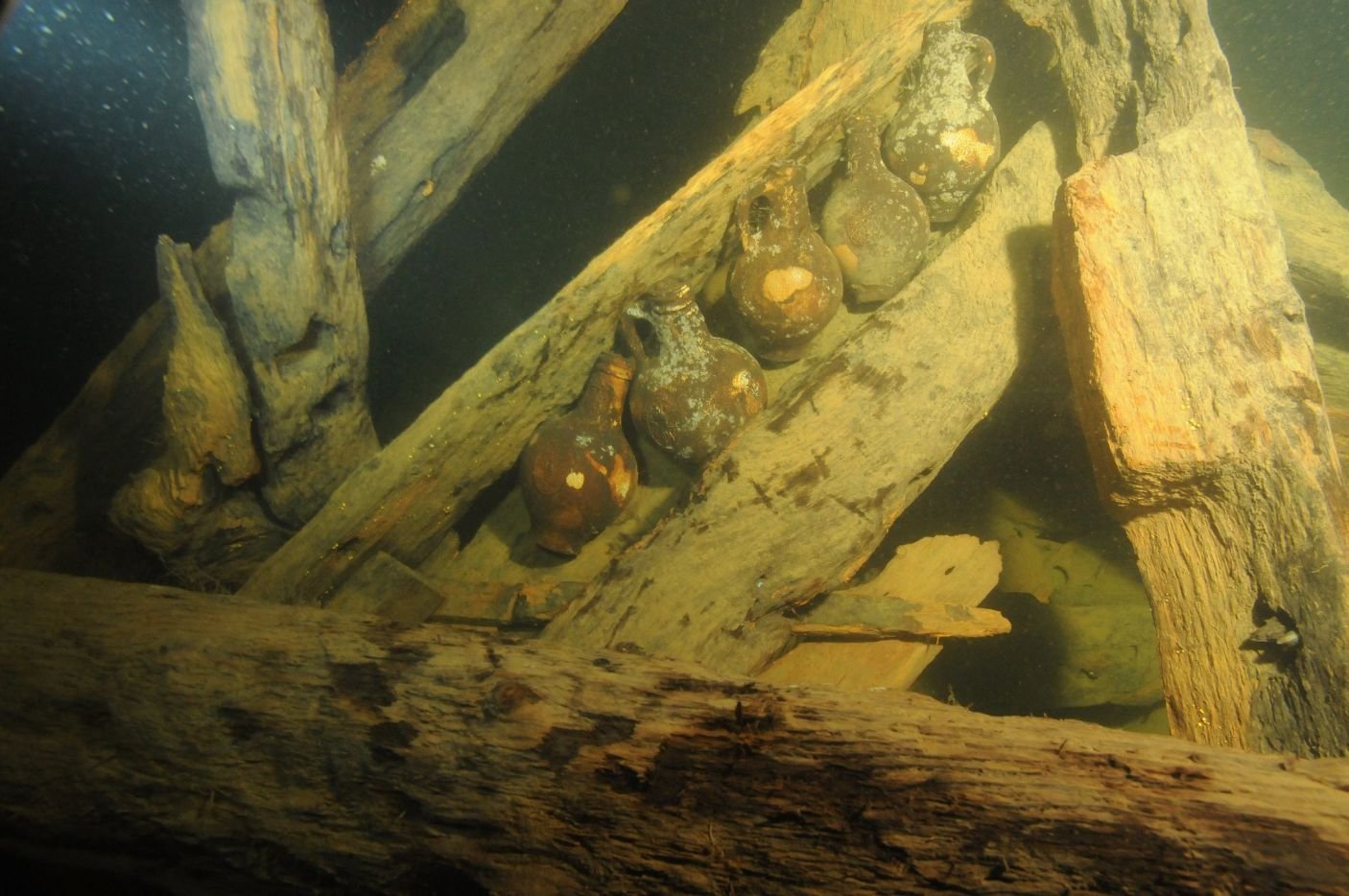
Even if it is a small vessel it has many details in common with large sailing warships, such as gun ports along the sides and a lion figure head. Image: Andreas Olsson/Swedish National Maritime Museum
In 1675 the war with Denmark broke loose again. During the fall of 1678 the Swedish fleet sought winter quarters just north of Kalmar instead of returning to Stockholm in order to take advantage of the earlier ice-break in the southern harbor. Bodekull was sent to grind cereals at a mill along the coast under the command of Olof Styff. Despite his instructions he sailed to Fagerholmen in the Stockholm archipelago.
On its way back the ship hit a rock and sank. 20 barrels of water soaked flour was sent to Stockholm. The story of the ship’s sinking was written down in the documents thanks to the extensive discussions within the Admiralty on how to make bread out of the soaked flour.
AncientPages.com
Expand for referencesReferences:






